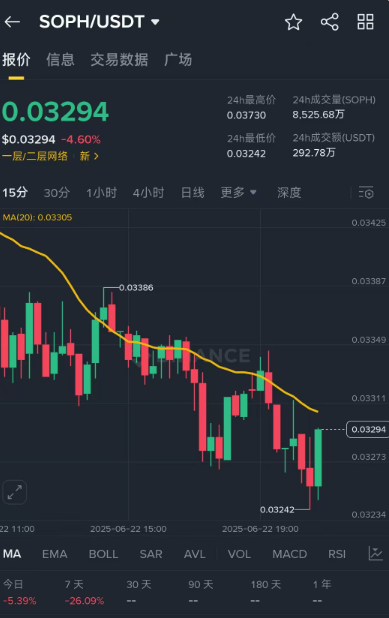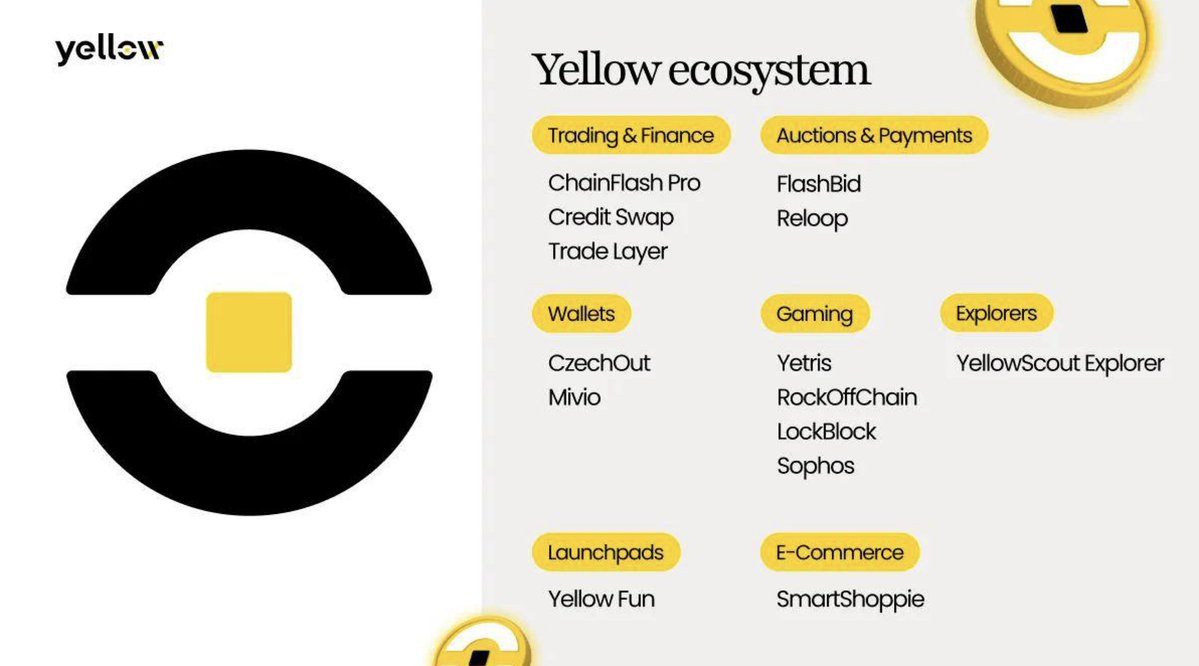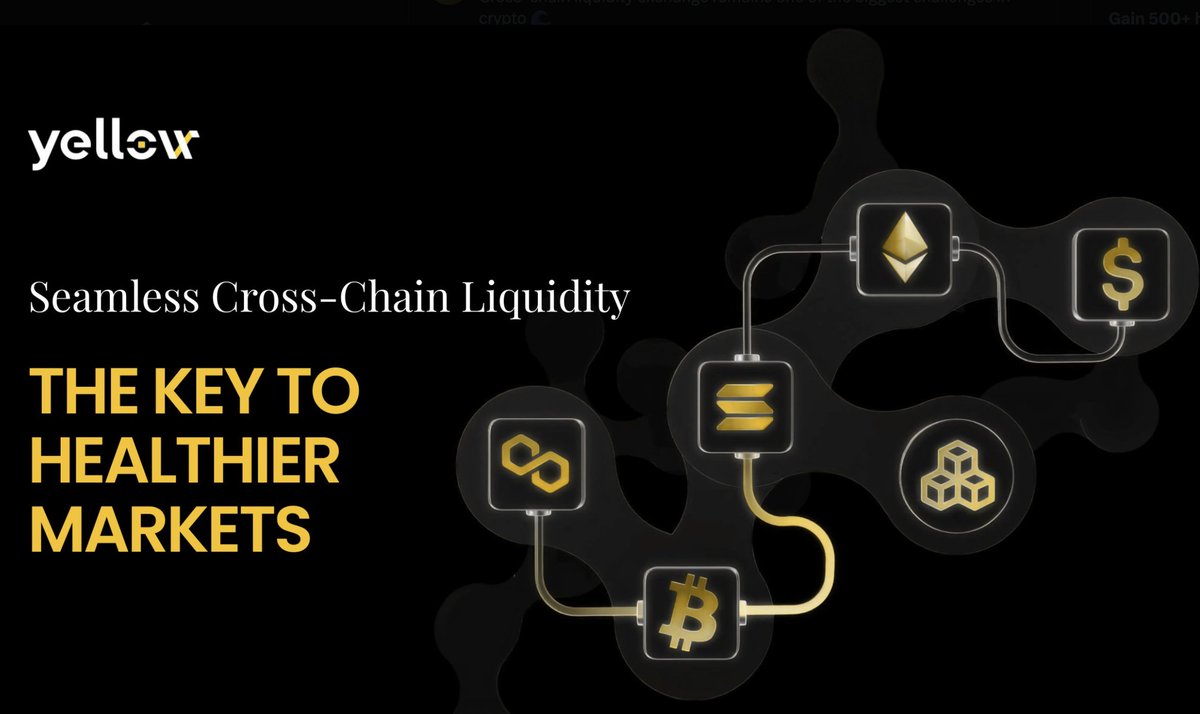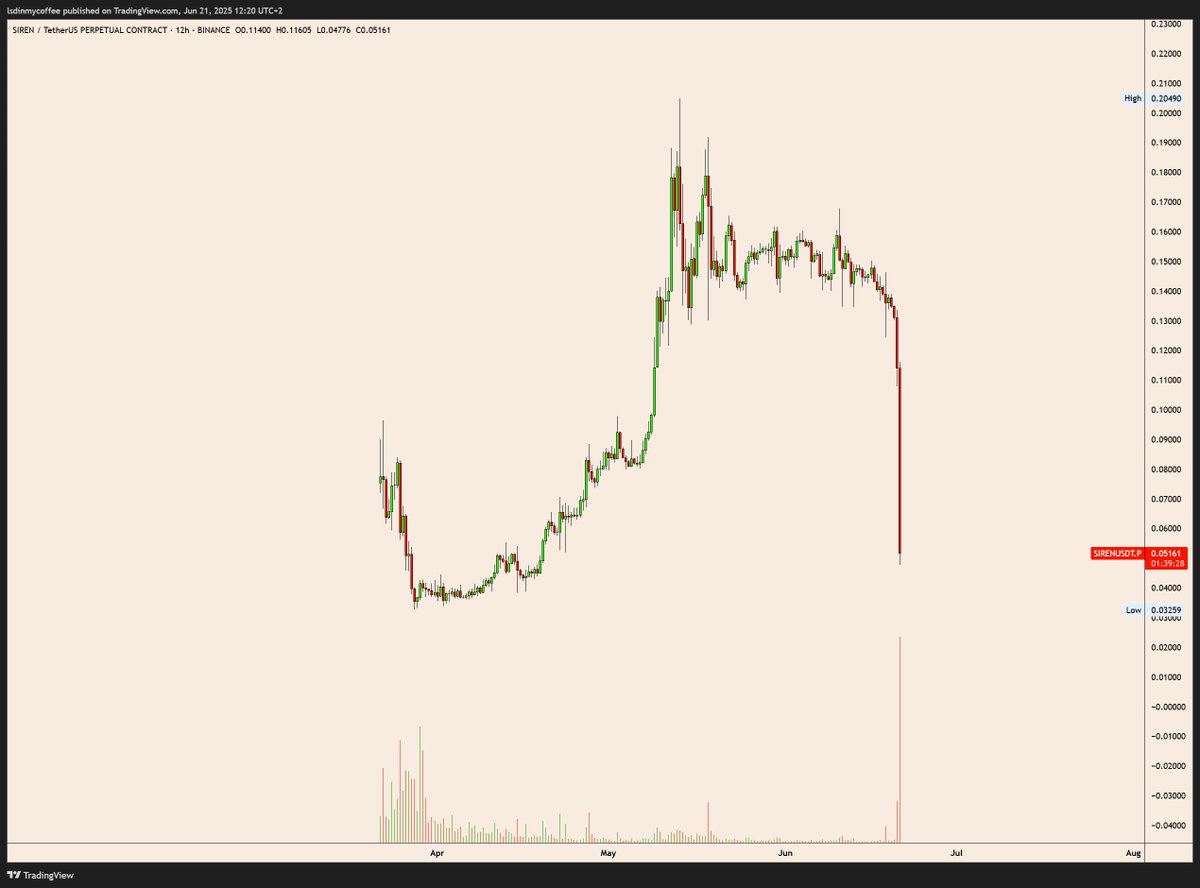
Cena MantraDAO

Zastrzeżenie
OKX nie udziela rekomendacji dotyczących inwestycji ani aktywów. Musisz dokładnie rozważyć, czy handel lub posiadanie aktywów cyfrowych jest dla Ciebie odpowiednie w świetle Twojej sytuacji finansowej. W przypadku pytań dotyczących konkretnej sytuacji skonsultuj się ze swoim doradcą prawnym, podatkowym lub specjalistą ds. inwestycji. Aby uzyskać więcej informacji, zapoznaj się z warunkami użytkowania i ostrzeżeniem o ryzyku. Korzystając z witryny internetowej strony trzeciej („TWP”), akceptujesz, że wszelkie korzystanie z TPW będzie podlegać warunkom TPW i będzie regulowane przez te warunki. O ile nie zostało to wyraźnie określone na piśmie, OKX i jego podmioty stowarzyszone („OKX”) nie są w żaden sposób powiązane z właścicielem lub operatorem TPW. Zgadzasz się, że OKX nie ponosi odpowiedzialności za jakiekolwiek straty, szkody i inne konsekwencje wynikające z korzystania z TPW. Pamiętaj, że korzystanie z TPW może spowodować utratę lub zmniejszenie Twoich aktywów. Produkt może nie być dostępny we wszystkich jurysdykcjach.
Informacje o rynku MantraDAO
Kapitalizacja rynkowa = Podaż w obiegu × Ostatnia cena

MantraDAO Feed








Przelicz USD na OM


Wydajność ceny MantraDAO w USD
Popularne MantraDAO konwersje
| 1 OM na USD | 0,20140 $ |
| 1 OM na EUR | 0,17572 € |
| 1 OM na PHP | 11,5144 ₱ |
| 1 OM na IDR | 3306,52 Rp |
| 1 OM na GBP | 0,15030 £ |
| 1 OM na CAD | 0,27717 $ |
| 1 OM na AED | 0,73964 AED |
| 1 OM na VND | 5262,61 ₫ |
Informacje MantraDAO (OM)
- Oficjalna strona internetowa
- Eksplorator bloków
Najczęściej zadawane pytania MantraDAO
MANTRA to platforma DeFi kładąca nacisk na zarządzanie oparte na społeczności, staking, pożyczki i nie tylko. Działa na Parity Substrate for Polkadot, mając na celu stworzenie zdecentralizowanego ekosystemu finansowego.
MANTRA stosuje przejrzyste zarządzanie i oferuje różne usługi DAO i DeFi, w tym zarządzanie skarbem, launchpad, zarządzanie DAO, staking, pożyczki i inne, angażując użytkowników w podejmowanie decyzji i działania finansowe.
Możesz kupować tokeny OM na wielu różnych rynkach handlu spot. Jednym z przykładów jest giełda kryptowalut OKX, która oferujeOM/USDTparę handlową.
Jeśli chcesz kupić OM za pomocą walut lokalnych, OKX ma „Ekspresowy zakup” przydatna opcja. Platforma pozwala również korzystać zPrzeliczfunkcji, aby przeliczyć swoje nadwyżkowe aktywa na OM. Alternatywnie, jeśli chcesz przeliczyć OM na walutę lokalną, możesz użyćKalkulator kryptowalut OKX, aby sprawdzić kursy przeliczeń.
Ujawnienie ESG
Przelicz USD na OM


















